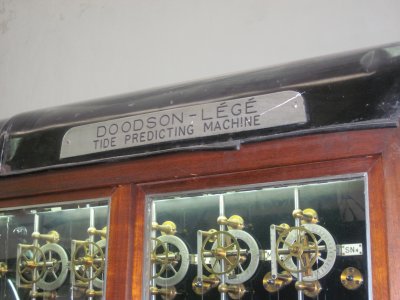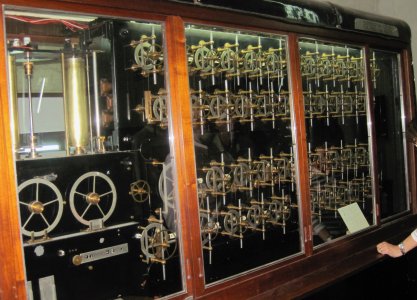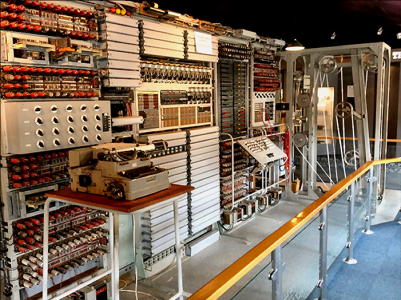Midnight Drifter
Member
I am trying to understand the lag of tides - in other words, how and why spring tides occur some time after full moon and new moon, and not at the time of the full moon (and similarly for neaps after the quarter moon). To do that, I need to know when spring tides occur - the date and time. Is it possible to state this?
My understanding is that a spring tide is defined as the tide with the largest range. But sometimes more than one tide has the largest range - e.g., at Dover in January 2022 (I happen to have the 2022 edition of Reeds Almanac to hand), full moon was on 17th January, the highest HW was 6.5m which occurred on the 22nd and 23rd, the lowest LW was 1.2m which occurred on the 19th, 20th, 21st and 22nd, and the largest range was 5.2m which occurred on the 20th, 21st, 22nd and 23rd. So, when is the spring tide? Why does Reeds say it is on the 20th?
To know how long the lag is, it is necessary to know the time of the full moon and the times of the spring tide. In the example above, full moon was at 2321 on 17th January. So, if springs is at an unknown time on the 20th, the lag could be anything between just over 2 days to just over 3 days. Is it possible to state the time of a spring tide, as well as its date?
I am NOT asking about the time of HW at springs, which varies from place to place, but about the time at which tides all over the world are at their greatest.
My understanding is that a spring tide is defined as the tide with the largest range. But sometimes more than one tide has the largest range - e.g., at Dover in January 2022 (I happen to have the 2022 edition of Reeds Almanac to hand), full moon was on 17th January, the highest HW was 6.5m which occurred on the 22nd and 23rd, the lowest LW was 1.2m which occurred on the 19th, 20th, 21st and 22nd, and the largest range was 5.2m which occurred on the 20th, 21st, 22nd and 23rd. So, when is the spring tide? Why does Reeds say it is on the 20th?
To know how long the lag is, it is necessary to know the time of the full moon and the times of the spring tide. In the example above, full moon was at 2321 on 17th January. So, if springs is at an unknown time on the 20th, the lag could be anything between just over 2 days to just over 3 days. Is it possible to state the time of a spring tide, as well as its date?
I am NOT asking about the time of HW at springs, which varies from place to place, but about the time at which tides all over the world are at their greatest.
Last edited:




